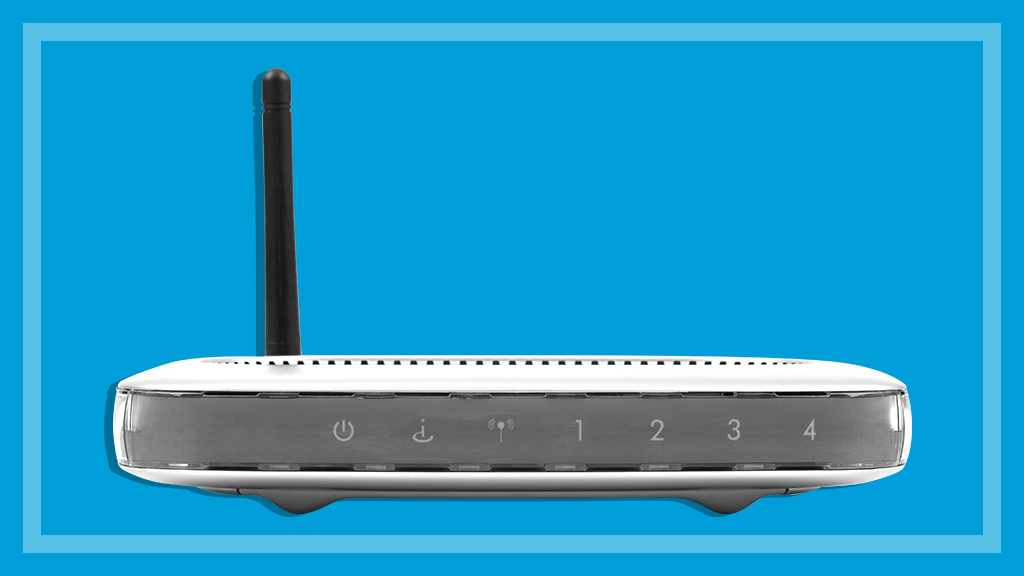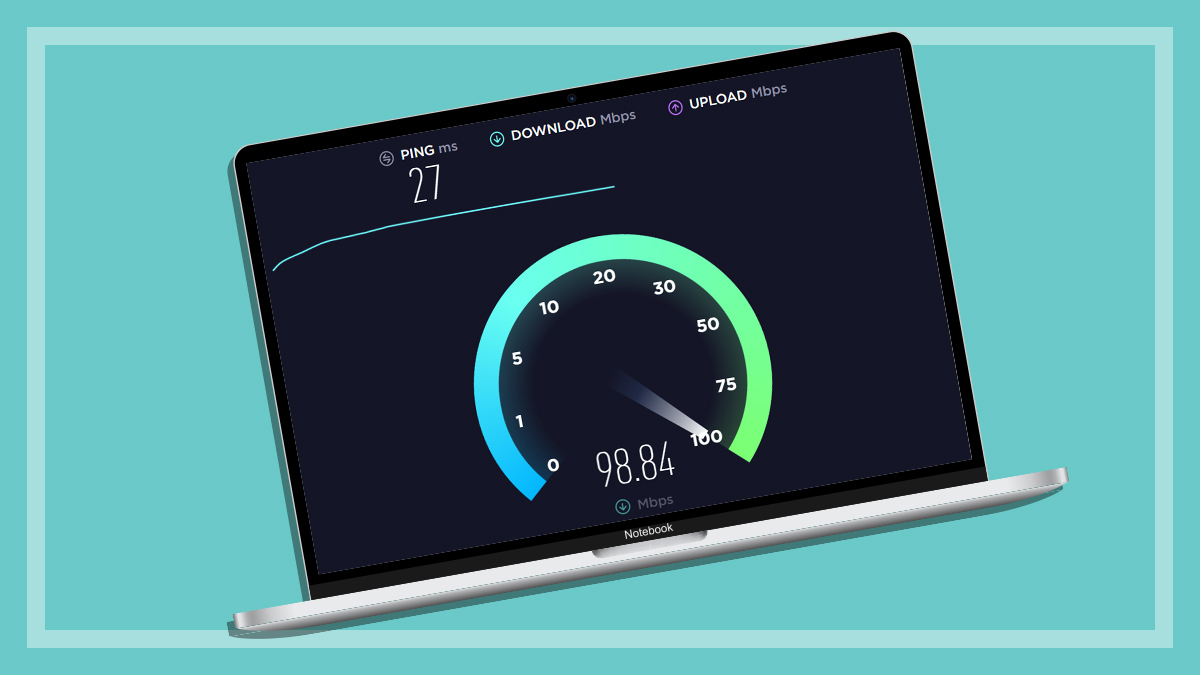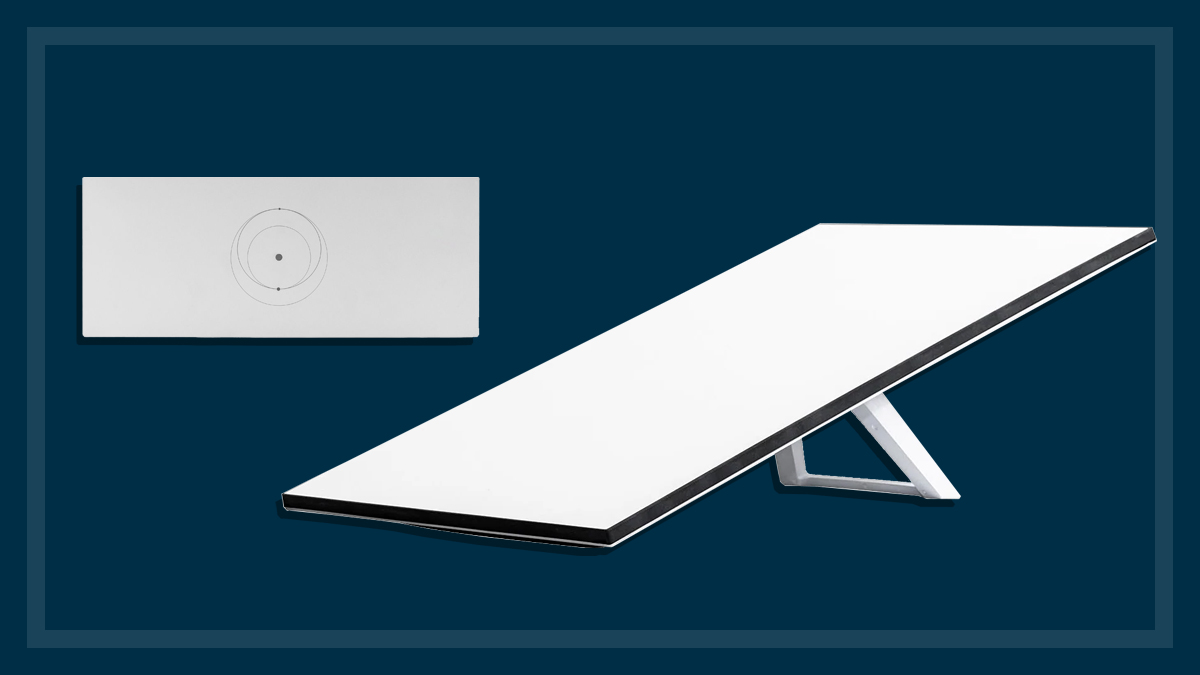Get our independent lab tests, expert reviews and honest advice.
How we test wireless and mesh routers

Our expert testers put the latest wireless and mesh routers through rigorous testing to assess performance, ease of use and power consumption, so you’ll know exactly what to expect when trying to boost your Wi-Fi signal at home.
On this page:
- How we choose what we test
- How we test and score wireless routers
- How we test and score wireless mesh router kits
- Our testing environment
How we choose what we test
We look for dual-band and tri-band wireless routers and mesh router systems that:
- are readily available
- are NBN-ready and support the latest NBN gateways
- support Wi-Fi 5 and 6 standards with testing carried out with the router and an additional ‘node’ unit to create a wireless mesh system.
How we test and score wireless routers
Performance
The following tests make up the performance score, which contributes 60% to the overall score.
Short-distance test (40%)
In this test, we transfer our data from the network attached storage (NAS) to the client over a line-of-sight distance of four metres. This is considered a best-case scenario. The router resides in the lounge room where the NBN connection is fed, and the client sits four metres away.
Long-distance test (30%)
In this test, we transfer data from the NAS to the client over a line-of-sight distance of 40m. The router and NAS are placed in the CHOICE lab area and the client laptop is placed approximately 40m away.
Wall penetration test (30%)
In this test, we transfer our data from the NAS to the client over a non-line-of-sight distance of approximately 4–5m, with two brick walls and one drywall as impediments to the signal. The router is placed in the lounge room where the NBN outlet resides, while the client is placed in the north-east corner of the main bedroom with the door closed.
Ease of use
In addition to performance, a key part of a wireless router is how easy it is to set up and use. The following tests make up the ease of use score, contributing 40% to the overall score.
Set-up wizard (60%)
The tester assesses how easy it is to set up the router by following the instructions that are printed or shown on the screen. This can include wizards and step-by-step guides. We note what settings can be changed during this set-up, such as Wi-Fi SSIDs and passwords, as well as admin account name and password.
Wi-Fi encryption (30%)
The tester notes if the wireless networks of the router are secured by default. We then assess how easy it is to change SSIDs and passwords.
Parental controls and scheduling (10%)
We look for whether these features are present and in what form. For example, if a router features predefined filters according to age group, if it’s very easy to implement, and whether the router supports keyword/URL filtering and time-based scheduling. We also check keyword/URL filters and how many entries are supported (some have limited slots, for example).
Power consumption
We measure idle consumption (20 hours) and active consumption (four hours).
How we test and score wireless mesh router kits
Performance
For wireless mesh routers, the following tests make up the total performance score (which counts for 60% of the overall score).
Speed at close range test (30%)
In this test, we transfer our data from the NAS to the client over a line-of-sight distance of four metres (considered a best-case scenario). The main node of the mesh kit resides in the lounge room where the NBN connection is fed, and the client sits four metres away.
Speed at long range test (20%)
In this test, we transfer our data from the NAS to the client over a non-line-of-sight distance of 10m. The main node resides in one room where the NBN connection is fed, and the client sits 10m away in another room with brick walls and windows as obstacles to the signal.
A baseline test is conducted from the client to the main mesh kit’s node, and then we switch on the extending node to note the difference in performance. The tester ensures the laptop is restarted and reconnected to the network after the mesh unit has been enabled to make sure a connection is made to the extending node.
Speed at extended range test (50%)
In this test, we transfer data from a NAS device to the client over a line-of-sight distance of 40m.
For products that only support smart switching or band steering, we must force the client adapter to use the 2.4GHz and 5GHz bands manually when connecting to these products. If there’s an improvement in performance with this setting, we use this figure for the 5GHz test, as we want to make sure we’re assessing the router’s best capable performance.
We also conduct a test with a mesh node placed halfway between the main node and the client, in order to see if there’s a boost in performance when the mesh kit is working as intended. This is the figure that’s used for assessment in the long-distance test.
Ease of use
Ease of use contributes 40% to the overall score and includes:
- initial set-up (40%) – how easy it is to set up each mesh kit using the supplied instructions
- extender node set-up (20%) – the process for setting up each node (and how easy it is)
- firmware update (15%) – whether this needs to be done manually or is automatic once you’ve set up the kit
- changing settings (15%) – how easy it is to access and change settings, such as wireless network names
- smart device installation (10%) – how easy it is to add and set up smart devices on the network.
Power consumption
We measure idle consumption only (24 hours). We repeat the process for the extending nodes, making sure that the main node is powered on to establish the mesh network, and add the figures.
Our testing environment
Below is a technical breakdown of each testing environment, the equipment we use and how they affect our results.
We use a laptop that has a built-in Intel Wi-Fi 6 AX201 160MHz adapter, which is compatible with newer wireless routers and mesh kits that feature 802.11ax (Wi-Fi 6). This is to cater for the latest generation of routers and mesh systems supporting these new standards.
For all dual-band tests, data is transferred from a NAS device plugged in to each router via Gigabit ethernet, configured to work within its IP distance with a multi-gigabyte data transfer carried out multiple times to another laptop. For tri-band routers, we add a second laptop with the same Intel adapter to perform two 5GHz transfers simultaneously. For wireless mesh kits, the NAS is plugged into an available ethernet port on the main node (the one that’s connected to the router).
We score wireless routers based on the total throughput achieved across the 2.4GHz and the 5GHz bands in three different tests: short distance, long distance and wall penetration. For example, if a router gets 10MBps (megabytes per second) on its 2.4GHz band, and 50MBps on its 5GHz band in the same test, then its total throughput of 60MBps is scored. If a router has two 5GHz bands (a tri-band router), then the throughput also takes into account the second 5GHz band.
For wireless routers or mesh kits in the wireless routers test that do not allow for the separation of bands, we assess performance by forcing 2.4GHz and 5GHz in the client adapter, but we also assess default performance, and we use the default performance for the 5GHz score if it’s faster.
Why we've partnered with WhistleOut
We've partnered with search engine WhistleOut to help you find and buy the right plan for you. While we make money if you buy through WhistleOut, this doesn't influence our rankings. 100% of the money we make goes straight back into our nonprofit mission.





